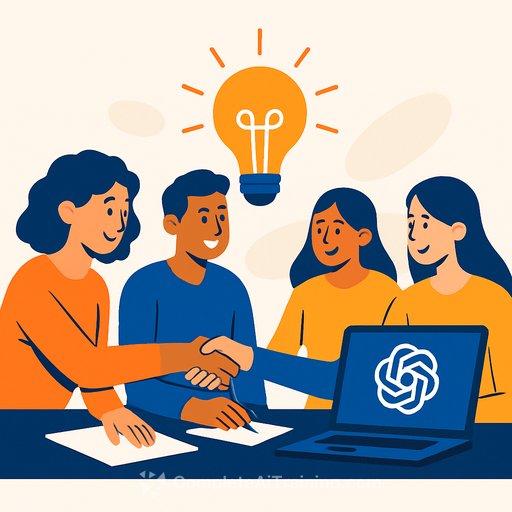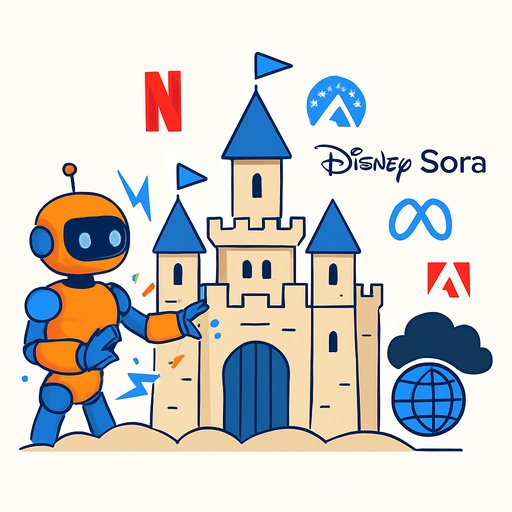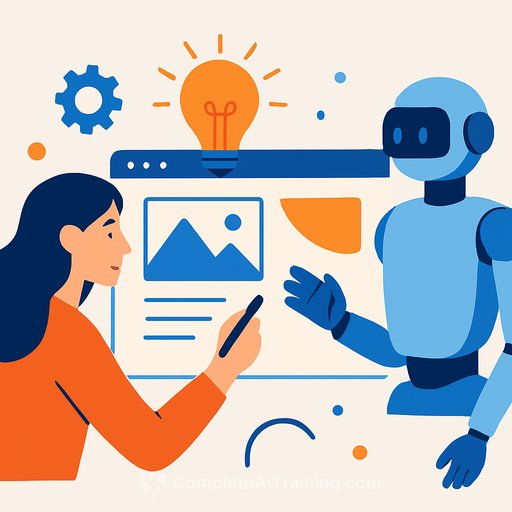Two Humans Are More Creative Than One Human With ChatGPT, Study Shows
Generative AI chatbots like ChatGPT and Gemini have advanced quickly. They can answer questions, solve problems, write code, and automate tasks with increasing ease. Yet, despite these capabilities, there’s a widespread concern that AI might replace human jobs.
AI companies often remind us that while some jobs may disappear, new roles will emerge. More importantly, they stress that AI lacks a crucial human trait: creativity. AI generates content by analyzing existing data, but true creativity—the ability to invent original ideas—remains a human strength.
That said, AI tools can assist the creative process by helping users generate content fast, whether emails, documents, images, or videos. Viral AI art and music generators prove that AI can be a useful partner. However, recent research suggests that pairing two humans may spark creativity better than pairing a human with AI.
Creativity Experiments With ChatGPT
Researchers at the University Institute of Schaffhausen conducted a study involving 202 university students from Germany. They divided participants into three groups: human-human pairs, human-ChatGPT pairs, and human-Google pairs. Each group tackled four creative tasks:
- Finding unusual uses for everyday items like pants or forks
- Imagining a world without access to food
- Solving the biggest problem caused by that food shortage
Participants completed questionnaires before and after each task to gauge creative confidence and collaboration experience. A panel of human judges then evaluated the creative outputs, alongside an AI model that scored the same results.
Two Heads Are Better Than One (With AI)
The findings were clear: human-human pairs outperformed both human-ChatGPT and human-Google teams on divergent thinking tasks, such as coming up with multiple uses for an object. For example, the “fork” task showed a noticeable edge for the human-human pairs.
Interestingly, human judges favored human-human collaborations, but the AI scoring model preferred human-ChatGPT pairs. This discrepancy was likely because AI judges equated longer, more detailed responses with higher creativity, a trait common in AI-generated content.
Another key takeaway: only the human-human pairs showed increased creative confidence after completing tasks. They felt more capable and equally contributive. In contrast, humans working with ChatGPT often credited the AI as the main creative driver, while those paired with Google felt they were leading the creative effort.
Previous studies have suggested that overreliance on AI might dampen critical thinking. This new research supports the idea that human creativity remains stronger than AI-generated creativity in most cases. More importantly, collaborating with another human yields better creative outcomes than working alongside an AI chatbot.
While these results are preliminary and further research is needed, the study highlights the enduring value of human collaboration in creative work. For creatives looking to boost productivity, partnering with another person might be more effective than depending on AI tools alone.
For those interested in expanding their skills with AI tools while maintaining strong creative abilities, exploring targeted courses can help balance both worlds. Learn more about practical AI applications in creative fields at Complete AI Training.
Your membership also unlocks:






